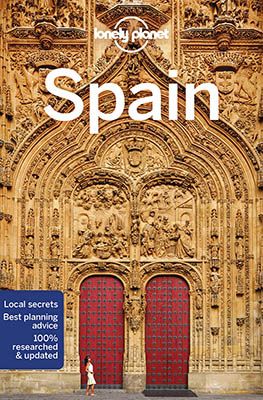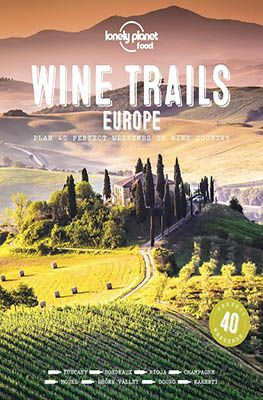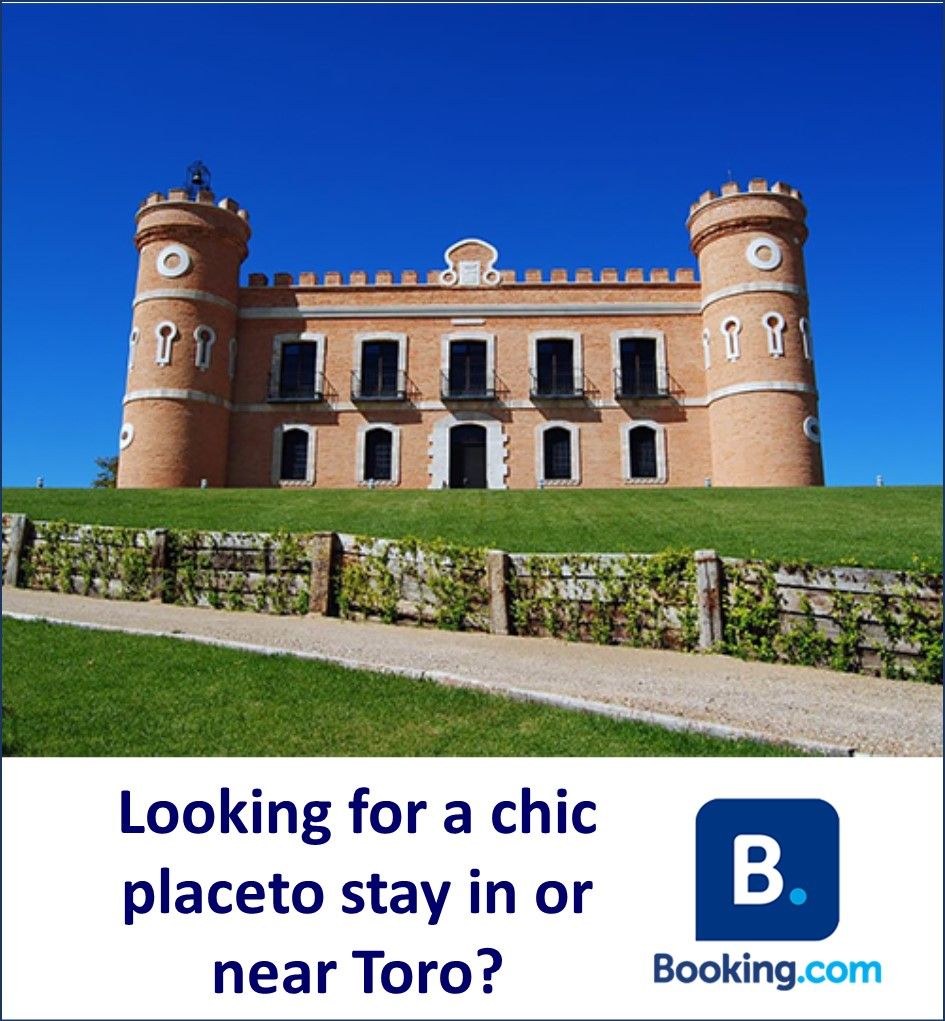Our wine journey last spring in northwestern Spain began in Toro. This picturesque town is the starting point of the Toro Wine Route, one of the three famous wine routes in the province of Zamora. We visited an intriguing wine museum and a fantastic, highly professional bodega in the area. Fortunately, there was also time to explore Toro itself. We discovered a charming town with a rich history and architecture, along with many interesting sights.
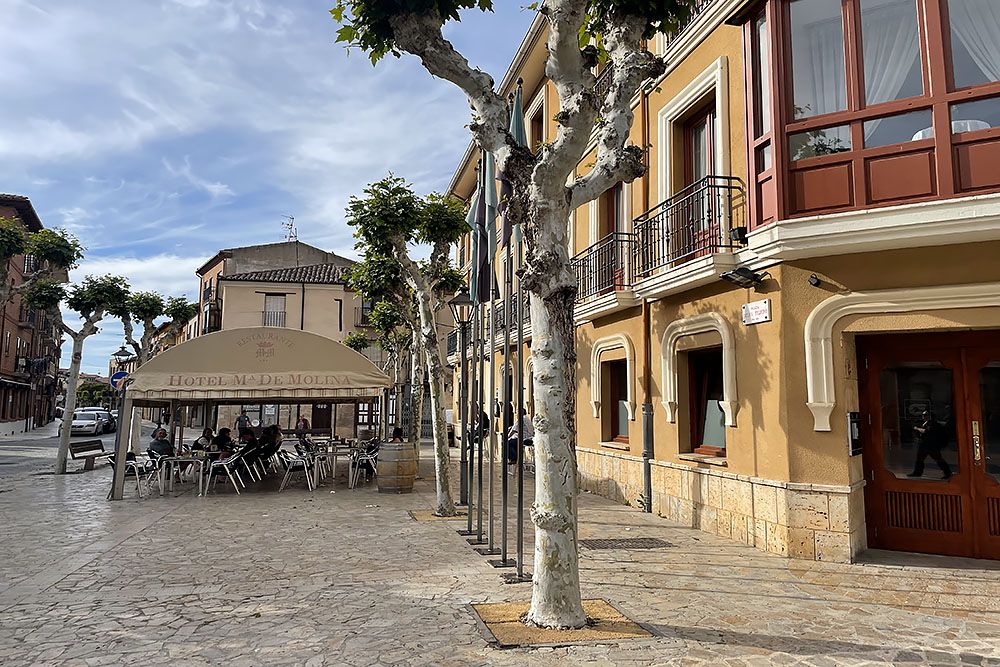
Highlights of Toro
Although Toro is relatively small, there is plenty to see. The town boasts many ancient buildings, each with its own story. There are also numerous squares inviting you to relax and enjoy a glass of wine with a tapa. We explored Toro with a guide, which was beneficial as it provided much more insight into the town’s fascinating history in English. However, you can also wander through the old streets on your own, especially if you can read the Spanish information boards. Regardless of your preference, be sure to visit the following attractions.
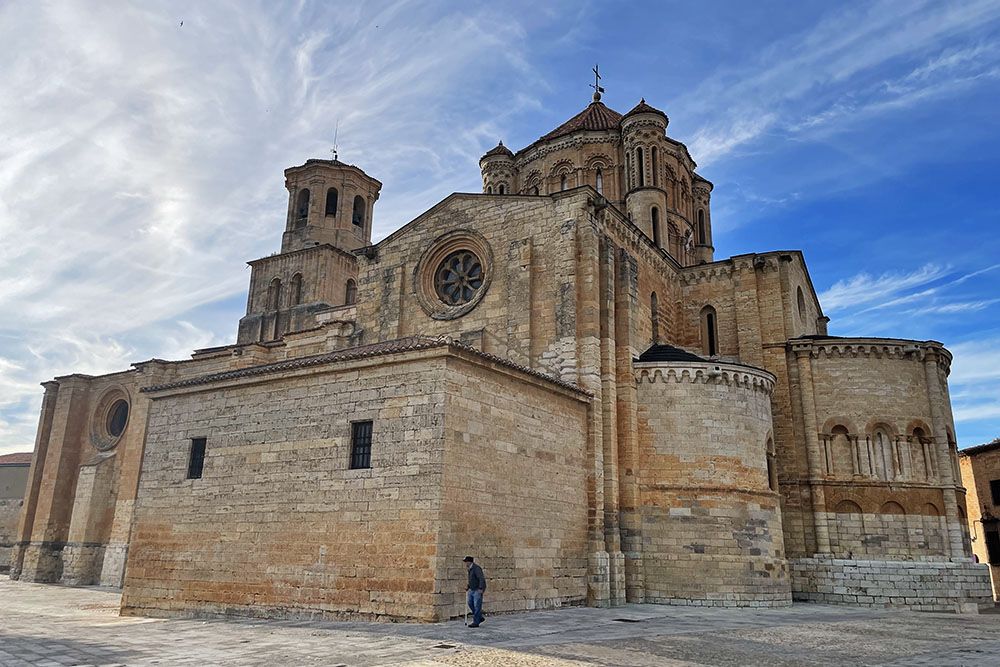
Colegiata de Santa María la Mayor
The Colegiata de Santa María la Mayor is a Catholic church inspired by the Cathedral of Zamora. Construction began in the 12th century under the kings of León and is an example of Romanesque architecture. The building process lasted from the late 12th to the mid-13th century.
Its structure features a Latin cross-shaped floor plan with three naves. Key elements include the northern portal in Romanesque style, the Gothic Pórtico de la Majestad with original polychromy, and the sacristy, which now houses a museum with interesting artworks. The colegiata has been protected as a historical heritage site since 1949.
The church is situated on a lovely square with a fantastic view of the Duero River. It is here that you will see the town’s residents gathering sociably.
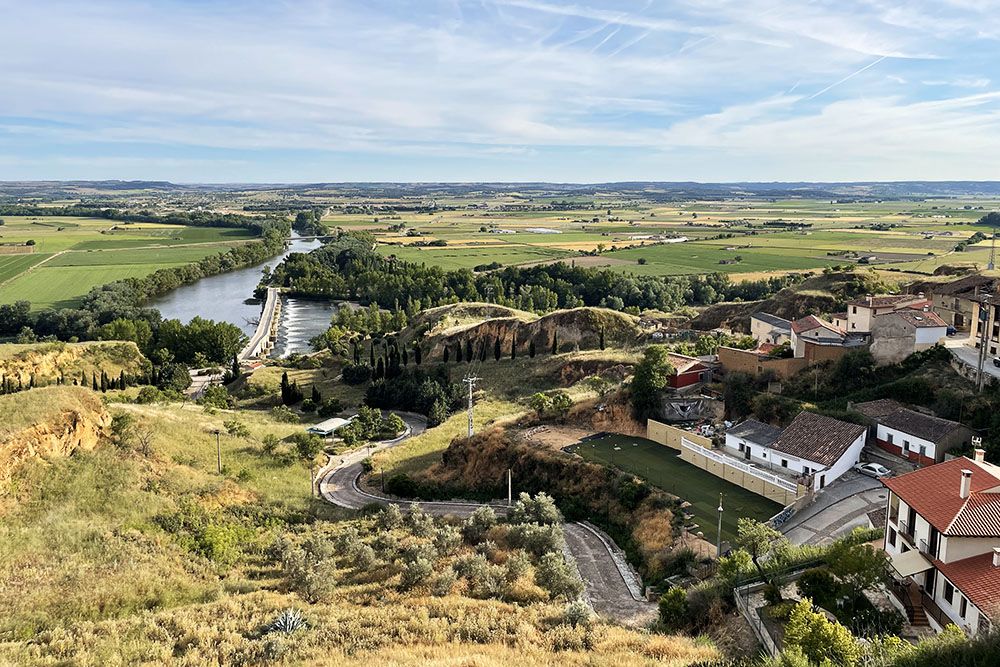
Arco del Reloj
The Arco del Reloj, also known as the Torre del Reloj, is a clock tower from the early 18th century. It stands above the old Market Gate from the 15th century and is visible from across the city. The tower is a square construction with four floors, with the second floor housing the clock. Originally, there was a chapel for the Virgen de las Nieves, later replaced by a statue of the Sacred Heart of Jesus. According to legend, wine was used instead of water for the mortar during its construction due to the abundant wine production and lower costs.
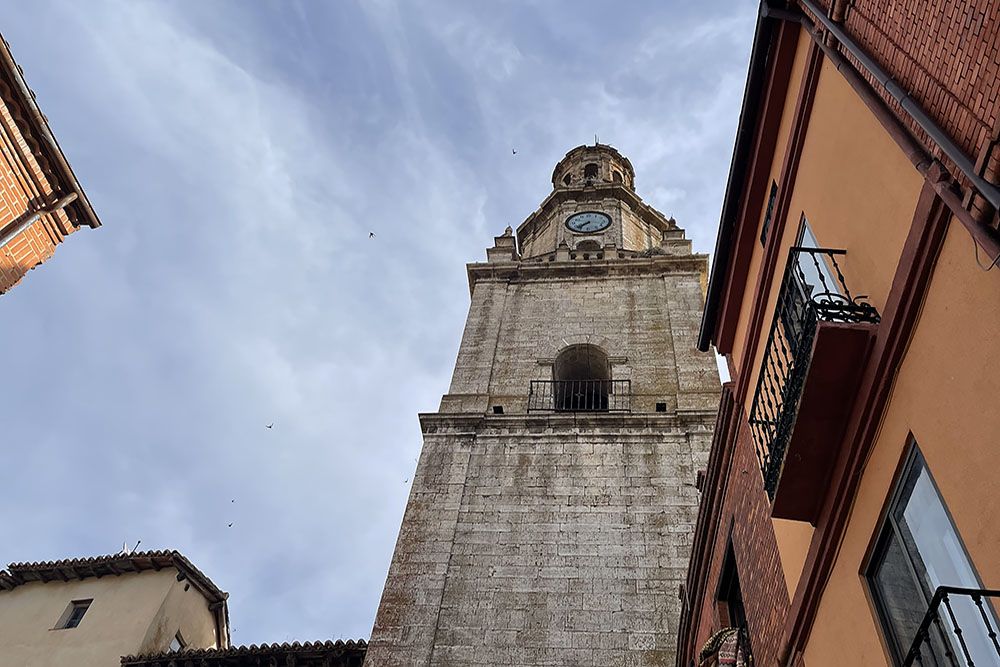
Alcázar de Toro
The Alcázar de Toro is a historic castle with origins in the 10th century, though the current structure dates back to the 15th century. It was an important part of the first walled area of the city.
By the 19th century, the castle was largely destroyed and used as a gunpowder magazine. Today, it houses the tourist information centre and an exhibition space. From the 180-metre-long walls, it offers a stunning view of the Duero River and the city itself. Unfortunately, the castle is temporarily closed for renovations.
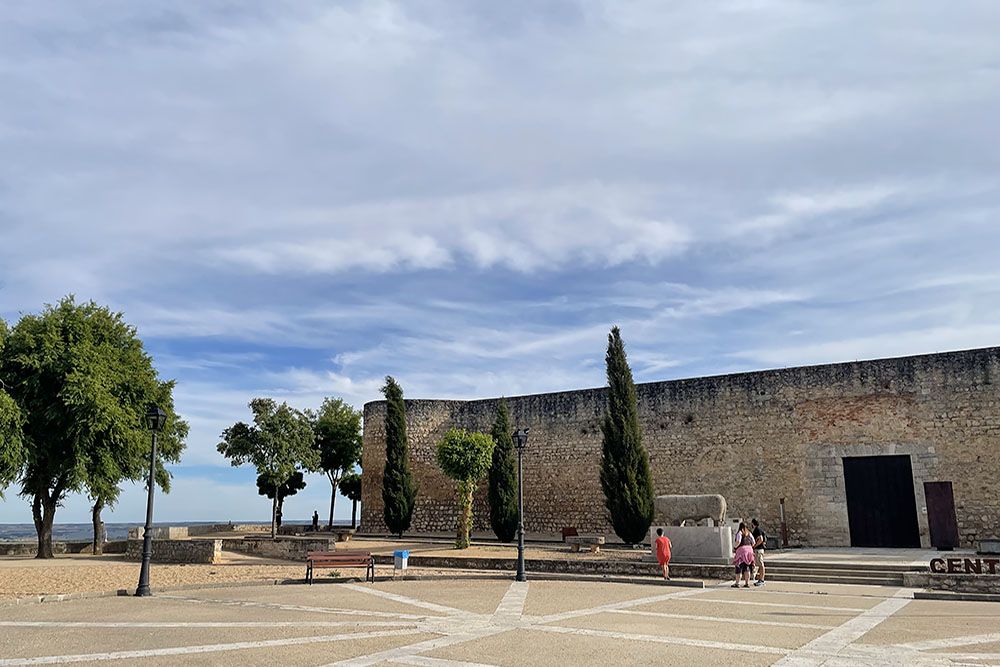
Plaza Mayor
The Plaza Mayor of Toro is the central square of this historic town. It forms the heart of the social and cultural life of the city. Around the Plaza Mayor are some of Toro’s most notable buildings, including the town hall and various traditional houses with characteristic balconies. The square itself is a beautiful example of Castilian architecture and offers a picturesque setting that reflects the rich history of the town.
Plaza Mayor is a relaxed spot for daily gatherings and markets. However, the square also hosts numerous cultural events and festivals. During holidays and special occasions, it comes alive with music, dance, and local festivities. On this weekday at the start of the workweek, though, we aren’t experiencing any of that. The shutters of the stalls are closed, and the square is deserted.
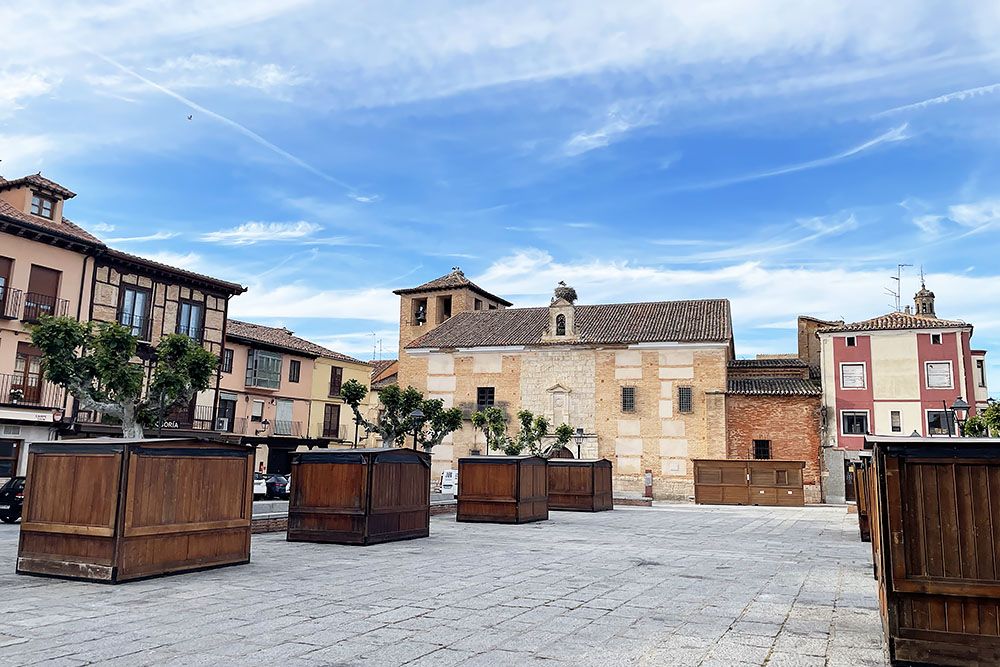
Monasterio del Sancti Spiritus el Real
Monasterio del Sancti Spiritus el Real was founded in the 14th century by Doña Teresa Gil. It has a Gothic entrance, which was replaced in the 17th century. The monastery contains three significant tombs, including that of Queen Beatriz of Portugal, executed in Gothic Burgundian style. The church boasts a richly decorated Baroque altarpiece and an impressive organ. It also features a beautiful chapter house with a wooden ceiling and frescoes. The monastery is an important historical and artistic monument, with a mix of Gothic, Baroque, and Mudéjar styles.
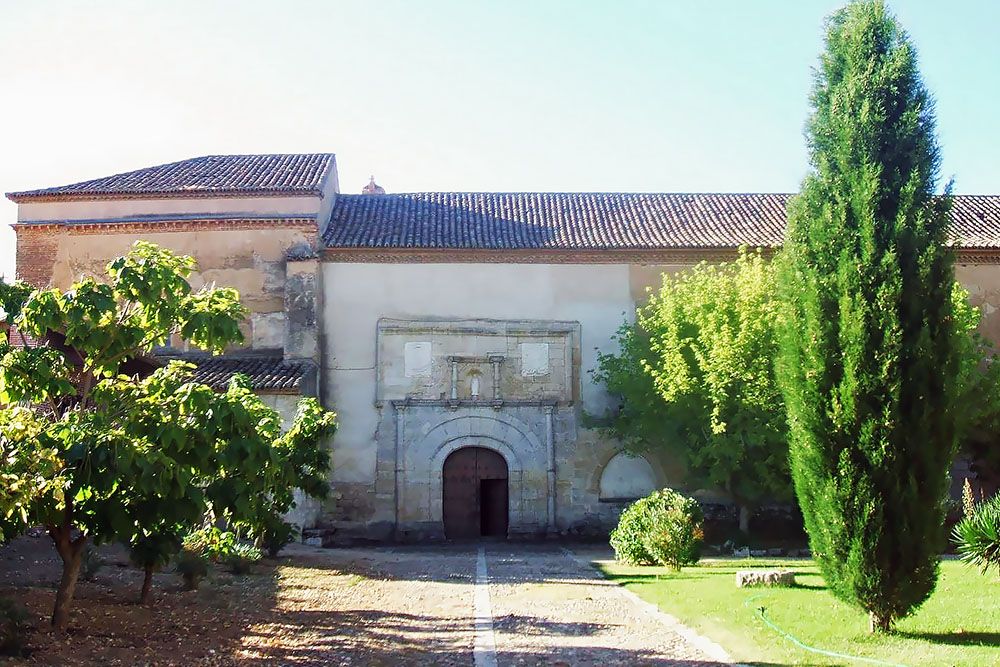
Palacio Condes de Requeña
The Palacio Condes de Requeña is a historic palace located in the heart of Toro. This impressive building dates back to the 15th century and is a splendid example of the Gothic architecture typical of the region. Originally serving as the residence for the Counts of Requeña, the palace has had various functions over the centuries.
Its interior is rich in historical details, with beautiful vaulted ceilings and original stone elements, offering a glimpse into the aristocratic life of medieval Spain. Today, the palace is often used for cultural events and exhibitions.
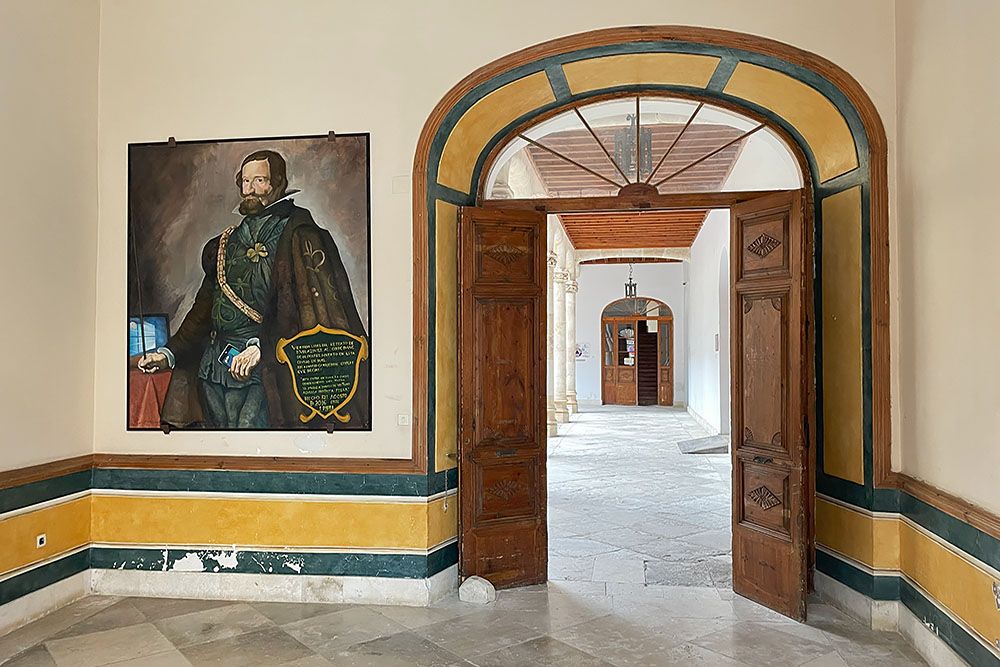
The wineries and bodegas around Toro
Toro is renowned for its excellent wines, particularly the red wines made from the Tinta de Toro grape. In the vicinity of Toro, there are several wineries and bodegas where you can learn about the winemaking process and, of course, enjoy a tasting.
In a separate blog post we delve into the wines of Toro. Here, we will report on our visit to the Pagos del Rey wine museum and Bodega Fariña. This bodega is one of the oldest wineries in Toro, known for its innovative approach and high-quality wines. They offer a wide range of wines that reflect the typical characteristics of the Toro region.
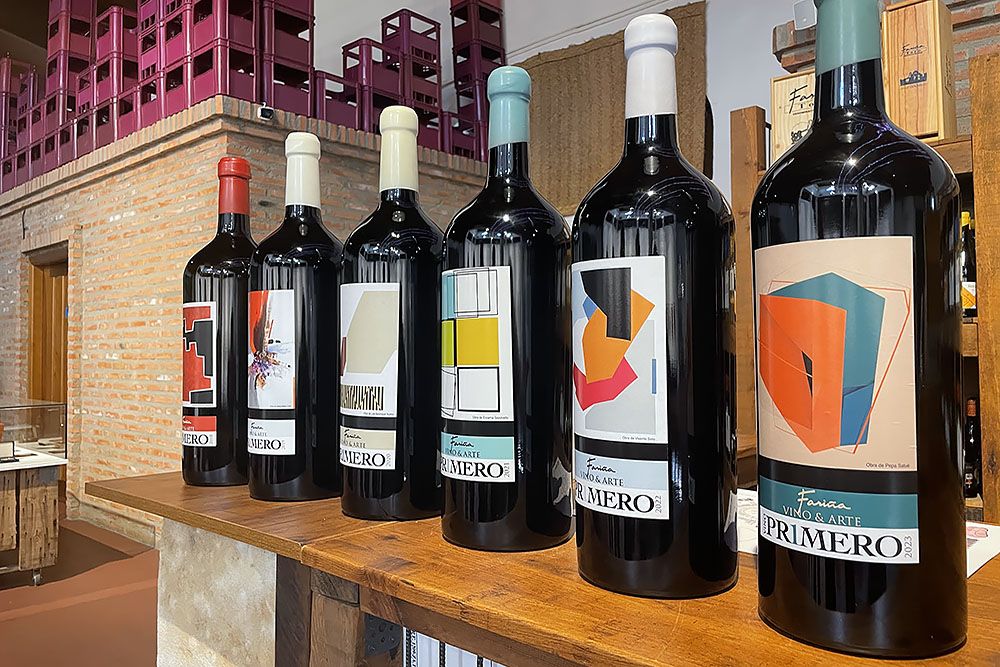
Culture and traditions
Toro has a rich cultural tradition, showcased in its many festivals and events. One of the first major celebrations of the year is Carnival, when Toro transforms into a vibrant and colourful town full of parades and music.
One of the most notable events, however, is Semana Santa (Holy Week), characterised by impressive processions and religious celebrations.
In August, there’s the Fiesta de San Agustín, one of the largest festivals in Toro. It includes music, dance, bull running, and various cultural activities, making it a lively and colourful event that attracts both locals and tourists.
In October, the Fiesta de la Vendimia (Harvest Festival) takes place. During the harvest festival, there are traditional dances and music. You can participate in grape harvest activities and tastings, and enjoy local dishes.
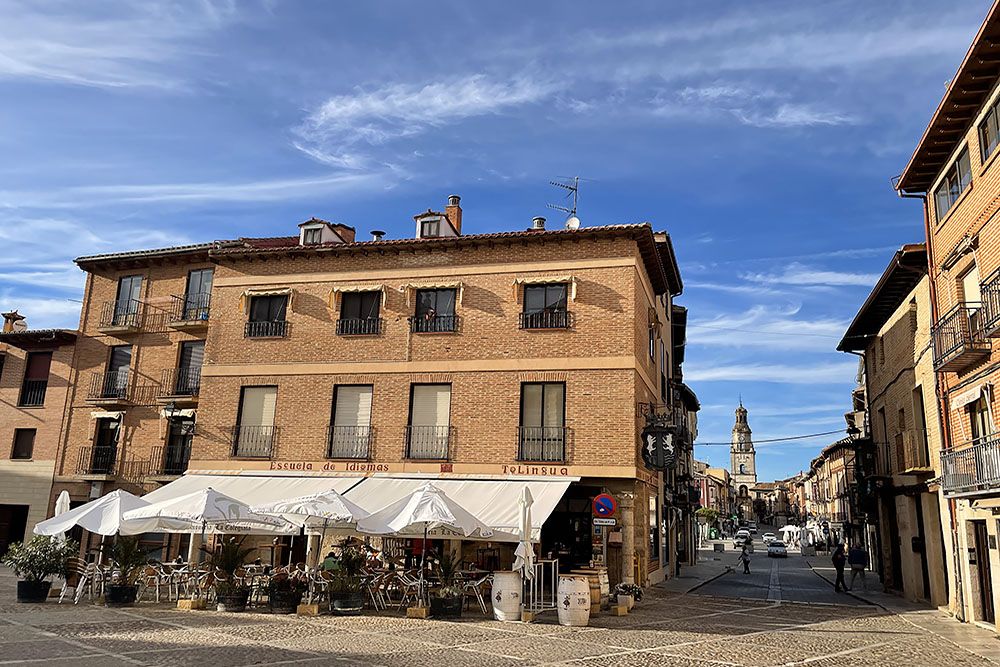
FAQs about the Spanish town of Toro
Toro is situated in the region of Castile and León in northwestern Spain. It is a town in the province of Zamora, located on the Duero River. Toro is known for its historical architecture and wine production.
The quickest way to reach Toro is by flying to Madrid and then taking the high-speed train (AVE) to Zamora, which takes just an hour and twenty minutes. From Zamora, you can drive to Toro in 40 minutes with a rental car. Another option is to fly to Madrid and drive directly to Toro with a rental car.
The best seasons to visit Toro and its surroundings are spring (March to June) and autumn (September to November). During these times, temperatures are lower and there are fewer crowds than in summer. If you're visiting the region for its wines, autumn is particularly interesting due to the grape harvest. This period offers a unique opportunity to experience Toro's wine culture up close, for example during the annual harvest festival. Additionally, the autumn colours in the landscape make it a particularly beautiful time to explore the region.
The town of Toro is especially known for its wine production. Located in the region of Castilla y León, Toro is famous for its robust red wines, mainly made from the Tinta de Toro grape, a variety of the Tempranillo grape. The wines from Toro have a protected designation of origin (Denominación de Origen, DO) and are appreciated for their depth and complexity.
Additionally, Toro has a rich history and architecture, with attractions such as the Colegiata de Santa María la Mayor, an impressive Romanesque church. There is also a monastery, an old castle, and a clock tower with an intriguing story. The town further offers a beautiful view over the surrounding vineyards and the Duero River.
Certainly. Toro is a small town. It is enjoyable and interesting enough to spend a day there. However, consider it as a base or starting point for your wine journey through this part of Spain.
The following accommodations offer a combination of comfort and a good location to explore the town and the surrounding vineyards.
- Palacio Rejadorada: Housed in a historic building, Palacio Rejadorada offers elegant rooms with modern amenities. The hotel combines historical charm with comfort and has a restaurant serving local dishes.
- Hospedium Hotel Juan II: This hotel offers a stunning view of the Duero River and the surrounding vineyards. Hotel Juan II is known for its hospitality and comfortable rooms, and features a swimming pool and a restaurant.
- Habitaciones Albero: An affordable option with simple yet comfortable rooms. Habitaciones Albero is conveniently located near the centre of Toro, providing easy access to local attractions.
- Casa Rural Marialba: This rural accommodation is located a bit further from Toro and is best accessed with a private (rental) car. It offers a peaceful setting with spacious rooms and a lovely garden. Ideal for travellers who want to enjoy the tranquillity of the countryside and the authentic atmosphere of the region.
- Near Casa Rural Marialba is the particularly beautiful Monte la Reina Castle. This historic castle offers a unique stay with a combination of luxury and tradition. On the grounds, there is also a bodega that produces excellent wines and offers tours and tastings. The vineyards surrounding the castle contribute to the serene and picturesque environment.
Other accommodations in Toro.
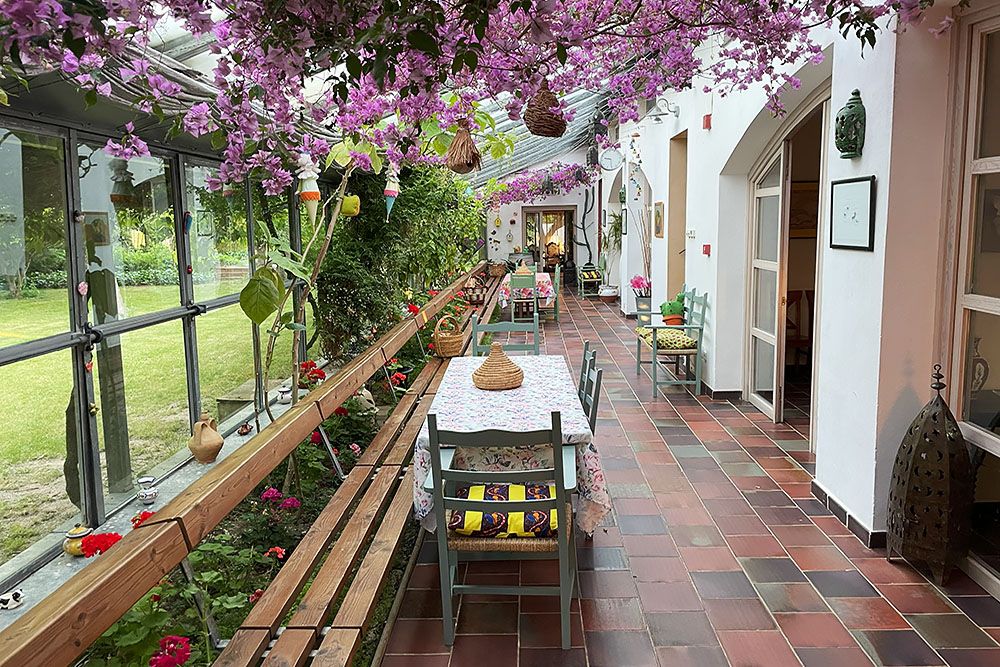
Toro offers several excellent dining options where you can enjoy the local cuisine. Here are some recommendations:
- Restaurante La Esquina de Colás: Known for its traditional Spanish dishes with a modern twist, this restaurant uses local ingredients and offers an extensive wine list featuring wines from the region.
- Mesón Zamora: A cosy spot where you can enjoy authentic Castilian dishes. It is a popular choice among both locals and tourists.
- Restaurante Castilla: This restaurant provides an atmospheric setting and a menu that reflects the rich culinary traditions of Toro. Be sure to try their house specialties.
- Bar La Colegiata: A popular restaurant in Toro, known for its authentic Spanish cuisine and an extensive wine list with a selection of fine wines from the Toro region.
The town of Toro likely derives its name from a combination of historical and linguistic factors. There are several theories about the origin of the name:
One theory suggests that the name "Toro" comes from the Latin word "Torus," which refers to elevated terrain or a hill. This could point to the town's geographical location on a hill overlooking the Duero River.
Another possibility is that the name is derived from the Germanic word "Thur," meaning tower, referring to the ancient fortifications or towers in the town.
The name "Toro" also means "bull" in Spanish. Although this is probably not the original meaning, the association with strength and courage may have been added to the name later.
Toro has a long and fascinating history dating back to the time of the Celts in Spain. In 220 BC, the town was conquered by Hannibal, who spared the settlement to thwart the Romans. In the 8th century, Toro was taken by the Moors, and two centuries later by Alfonso III of Portugal.
In the Middle Ages, when Toro was still part of Portugal, it played a significant role in Spanish history. Ferdinand III was crowned King of León there, and Juan II of Castile was born in the town. The city gained additional significance during the struggle for the Castilian throne between Isabella I and Juana la Beltraneja. The Battle of Toro in 1476 was a crucial moment, with both sides claiming victory. Toro remained in Portuguese hands until September 1476.
In 1520, Toro played a role in the Revolt of the Comuneros, an uprising of Castilian cities against Emperor Charles V. Toro sided with the rebels, but after the defeat of the Comuneros in the Battle of Villalar in 1521, the town returned to royal control.
During the Napoleonic Wars in the early 19th century, Toro again became a strategic point. In December 1808, British General Sir John Moore began his retreat from Toro under pressure from superior French forces. In May 1813, the Duke of Wellington launched the final campaign from Toro to drive the French armies out of Spain.
In 1838, Toro lost its status as a provincial capital when the province was merged with Zamora. This marked the beginning of a period of relative quiet for the town, although it retained its historical and cultural significance.
We visited Toro at the invitation of the Spanish Tourist Board. This visit was part of a wine trip in the western part of the Spanish region of Castile and León. We compiled the content of this blog independently and objectively based on our own impressions.

